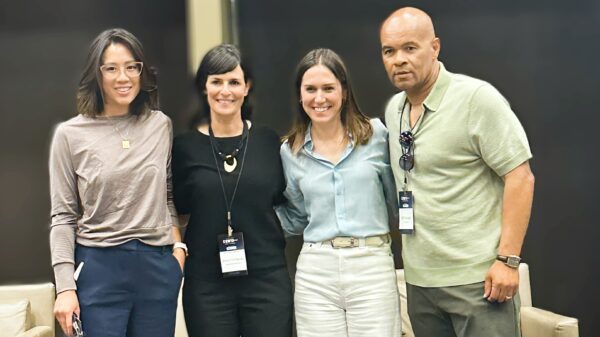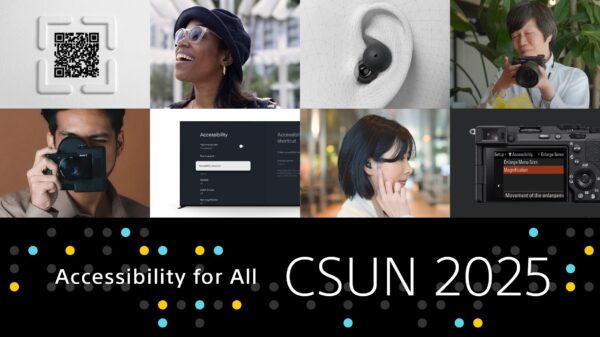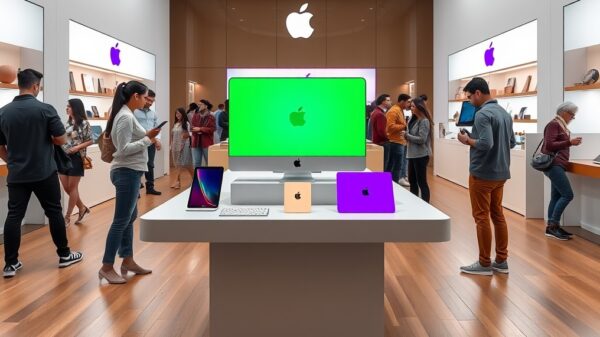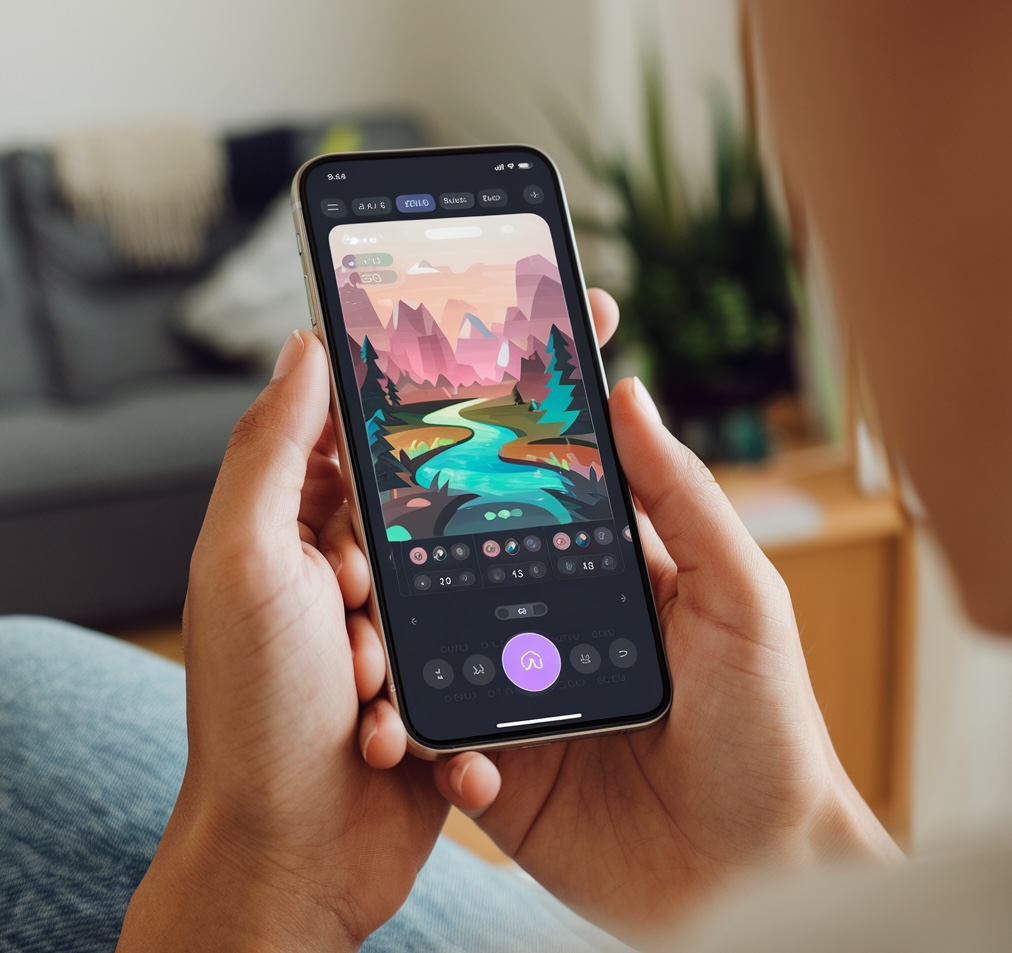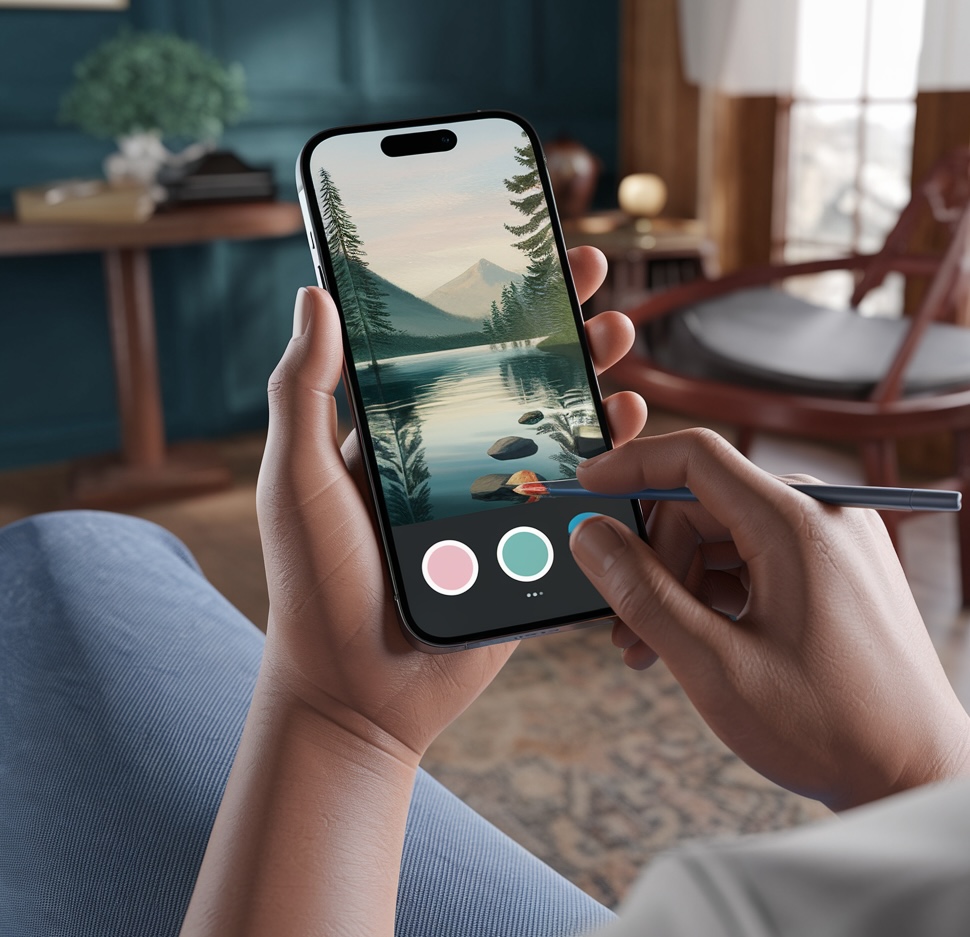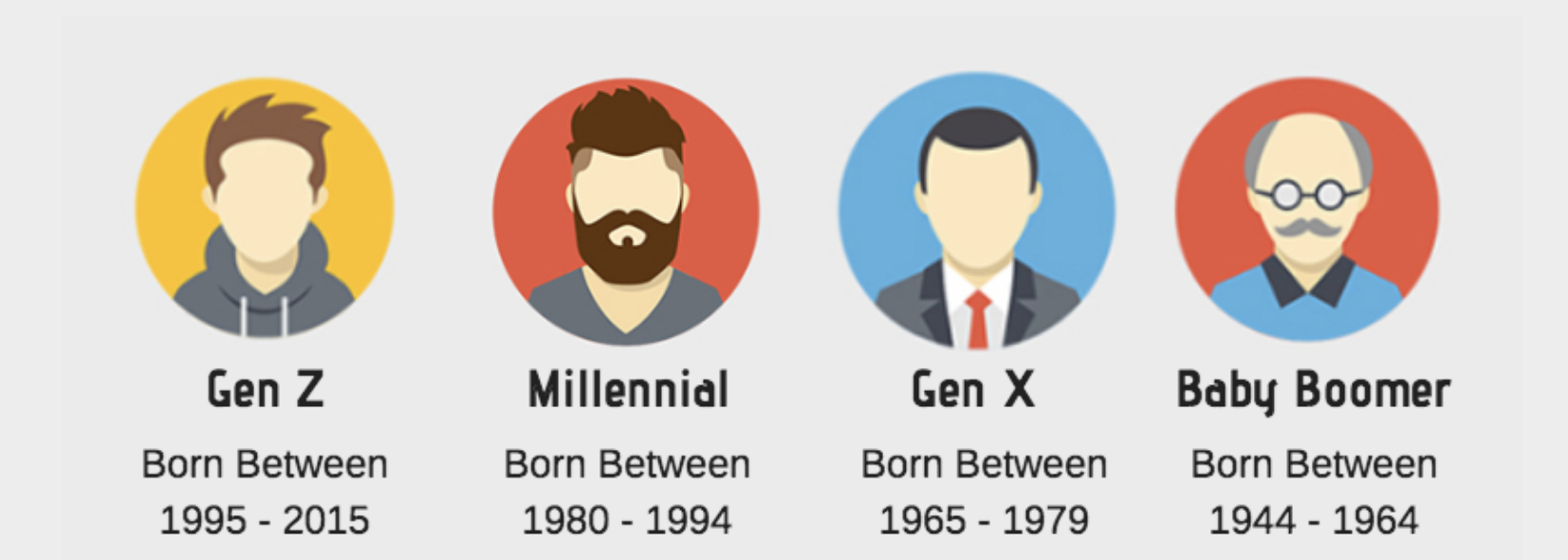As artificial intelligence (AI) continues to evolve, text-to-image technology has seen rapid advancements, with new tools being launched and established players innovating to stay ahead. This week’s announcements showcase the significant progress made in this space, making these powerful tools more accessible to a broader audience. Whether you’re a business leader, creative professional, or simply someone looking to leverage cutting-edge technology, these developments are worth your attention.
Ideogram.ai: A Rising Contender
Ideogram.ai made its debut just a year ago, but with the launch of Ideogram 2.0, it’s clear that this tool is quickly becoming a serious competitor in the AI image generation landscape. Some industry insiders are even suggesting that Ideogram 2.0 could rival Midjourney, a leader in the field. The most notable improvement in Ideogram 2.0 is its ability to seamlessly incorporate text into images, a feature that has traditionally been a challenge for many AI image generators. This makes Ideogram particularly useful for creating logos, signage, and other text-based elements within AI-generated visuals.
Beyond its technical capabilities, Ideogram’s accessibility is another significant advantage. The free plan offers users 10 slow credits per day, allowing for up to 40 images daily. While images created on the free plan are public, upgrading to a paid subscription provides priority credits and premium features. For hobbyists and non-professional users, the free plan is likely sufficient, but professionals may find the paid options more appealing.
Explore Ideogram.ai further by visiting Ideogram.ai.
Midjourney: The Powerhouse of Realism
Midjourney, one of the most celebrated AI image generators, continues to impress with its high-quality outputs. Initially accessible only via Discord, Midjourney expanded its reach by launching a dedicated website last year. This week, the platform announced a limited free trial, giving everyone a chance to test its renowned capabilities.
Midjourney excels in creating realistic images, often outperforming competitors in this area. A viral image of the Pope wearing a white puffer jacket, created with Midjourney, showcased the tool’s ability to produce hyper-realistic visuals that fooled many into thinking it was genuine. While Midjourney may not be as strong as Ideogram in text incorporation, it compensates with its powerful image editor, allowing users to refine their creations and make precise adjustments.
The free trial offers up to 25 images before requiring a paid plan. To experience Midjourney’s capabilities, visit Midjourney.
DALL·E: The Original Pioneer
OpenAI’s DALL·E was one of the first AI image generators to gain mainstream recognition, and it continues to be a respected player in the industry. While DALL·E 3 might not match the realism of Midjourney, it stands out for its adherence to prompts. DALL·E 3 consistently incorporates all elements of a given prompt, making it an excellent choice for users who require precise execution of their ideas.
Previously, access to DALL·E 3 was restricted to paid ChatGPT Plus users. However, OpenAI has now made it available to free ChatGPT users, with the ability to create two images per day. For those needing more images, Microsoft Designer’s Image Creator, powered by DALL·E 3, offers a free alternative with no daily limit.
Discover more about DALL·E 3 at OpenAI’s DALL·E or try it through Microsoft Designer.
The One to Watch: FLUX
FLUX.1, developed by Black Forest Labs, is quickly becoming a tool to watch in the AI image generation space. Known for its ability to create realistic human images, FLUX has garnered a positive reception so far. As an open-source platform, FLUX has the potential for rapid development, and with the team reportedly working on a text-to-video model, this technology is poised for significant evolution. Notably, Elon Musk has selected FLUX as the foundation model for his X AI tool, Grok, signaling its potential impact on the industry.
Stay updated on FLUX by visiting Black Forest Labs.
Overcoming Past Challenges in AI Image Generation
In the early stages of AI image generation, there were several notable challenges:
- Realism: Early AI-generated images often featured unnatural elements, such as hands with too many fingers or hair that looked artificial.
- Text Integration: Incorporating readable text within images was a significant hurdle, with many tools producing gibberish instead of coherent words.
- Prompt Adherence: Many AI tools struggled to fully follow detailed prompts, often only partially fulfilling the brief.
However, continuous improvements in these areas have led to more convincing and versatile AI-generated images. Enhanced editing options now allow for greater customization, enabling users to fine-tune images to meet specific needs.
Prompting Tips for Better Results
Perfecting your prompts is essential for getting the best results from AI image generation tools. Here are some tips to enhance your experience:
- Detail: Provide comprehensive information in your prompt, including style, colors, setting, and composition, to increase the likelihood of achieving your desired outcome.
- Specificity: Use strong visual keywords to create precise images. For example, instead of saying “a tree,” specify “a towering oak with gnarled branches.”
- Negative Prompts: Some tools allow you to include negative prompts to exclude unwanted elements from your images, such as specifying “no people” for a quiet city street scene.
- Experimentation: Not all tools offer the ability to edit or refine images, so it may take several attempts to achieve the perfect result.
- Seek Help: If you’re struggling with prompts, ask AI tools like Claude, ChatGPT, or Gemini for assistance, or use a prompt optimization tool like Glif.
Final Thoughts
The landscape of AI image generation is rapidly evolving, with tools like Ideogram, Midjourney, DALL·E, and FLUX leading the charge. Each offers unique strengths, from Ideogram’s text integration to Midjourney’s realism, DALL·E’s prompt adherence, and FLUX’s potential for rapid development. By understanding and leveraging these tools, power players can unlock new creative possibilities and stay ahead in an increasingly competitive environment.
For more insights and updates on AI technologies, stay tuned to Power Player News.







